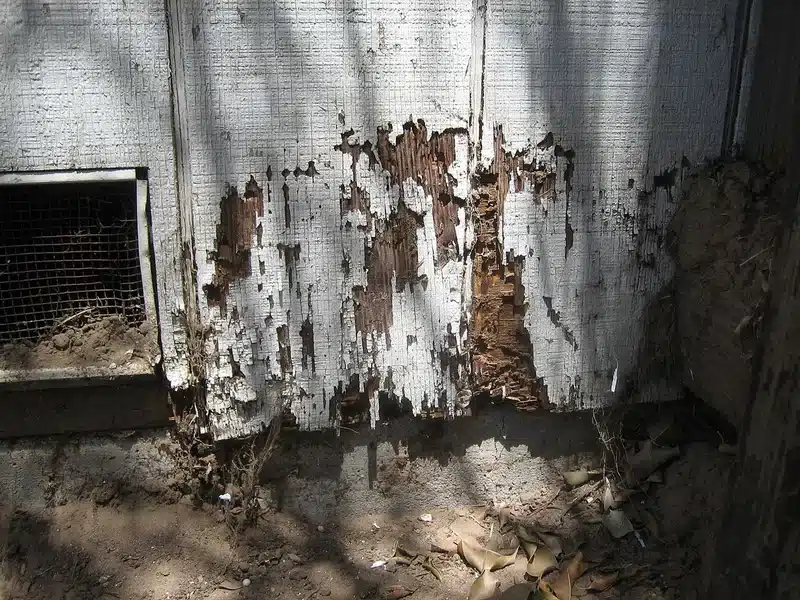Termites cause hefty damage—over termites cause over $5 billion in property damage annually in the U.S. They can eat wood for years in secret. After helping 100+ customers, I’ve seen how tough it is to spot these pests before they damage your home.
Why You Can’t Easily See Termites
Termites live mostly underground or inside wood, so you rarely spot them. According to a US Forest Service bulletin, 95% of the colony stays hidden. You might only see swarmers or some soldiers.
Workers build shelter tubes—mud tunnels about ⅛-¼ inch wide. These tubes connect the soil to wood in darkness so termites avoid light while feeding.
Termite Anatomy & Caste Roles for Identification
Termite colonies have clear roles, each with unique features:
- Workers: Pale, soft-bodied, blind, about ⅛ inch long. They eat wood.
- Soldiers: Darker heads with mandibles. They defend the tubes.
- Nymphs & Alates: Pigmented, two equal transparent wings. They swarm to start new colonies.
Their lifecycle from egg to alate takes about 2-3 years at 70°F soil temperature.
Common Termite Species in the Mid-Atlantic
Virginia, Maryland, and DC face a few key species:
- Reticulitermes flavipes (Eastern subterranean)—the dominant pest in our area, swarming Mar-May. Learn more from the University of Maryland Extension.
- R. virginicus & R. hageni—smaller, secondary invaders, active Apr-Jun.
- Coptotermes formosanus (Formosan)—orange-brown alates, May-Jul, occasional in Southern VA.
- Drywood & dampwood—rare here but leave distinct fecal pellets.
Termite Identification: Termites vs. Flying Ants
It’s easy to mix up winged ants and termites. Key differences:
- Antennae: Termite antennae are straight and beaded; ants have elbowed joints.
- Waist: Termites have broad waists; ants have a pinched look.
- Wings: Termites shed their wings after a swarm; ants keep theirs.
- Wing Length: Termite wings are equal and longer than the body; ant front wings are longer than the hind ones.
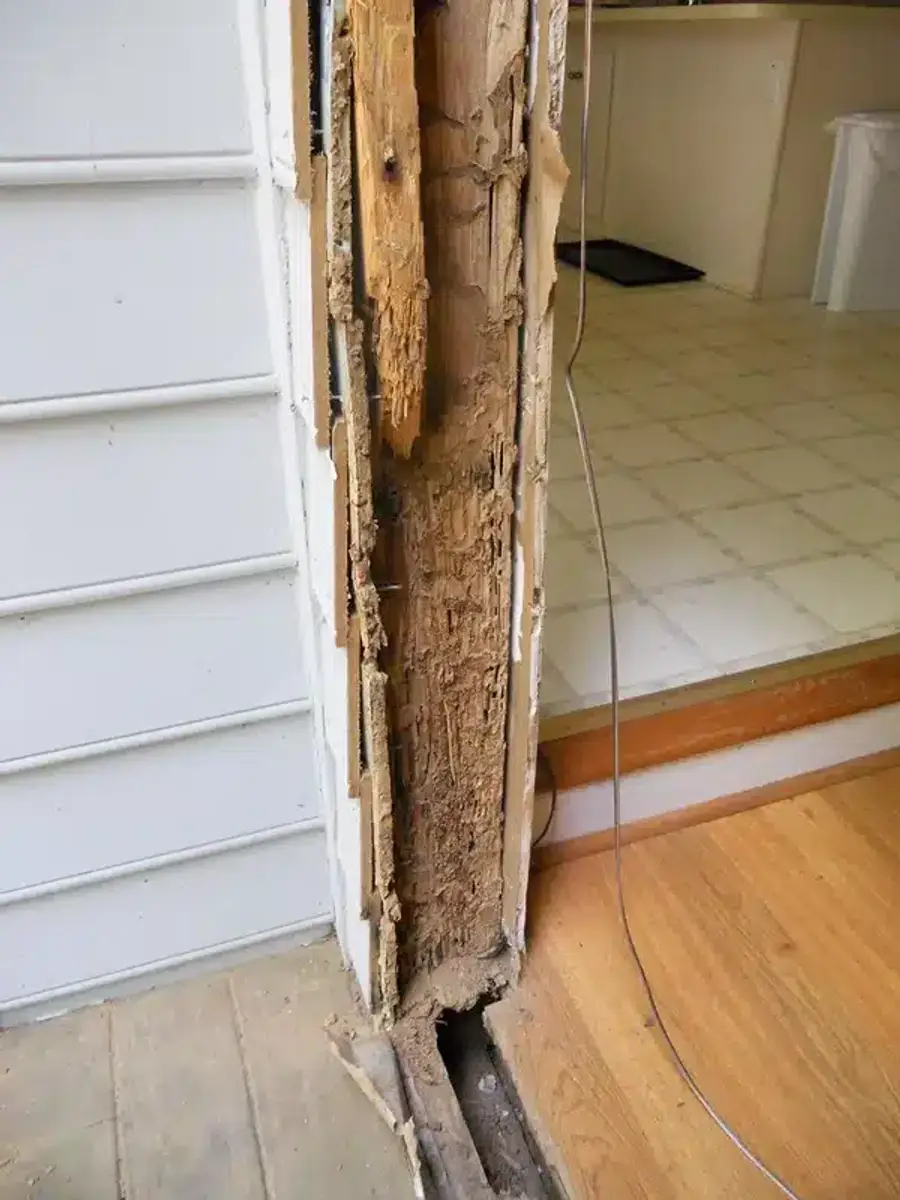

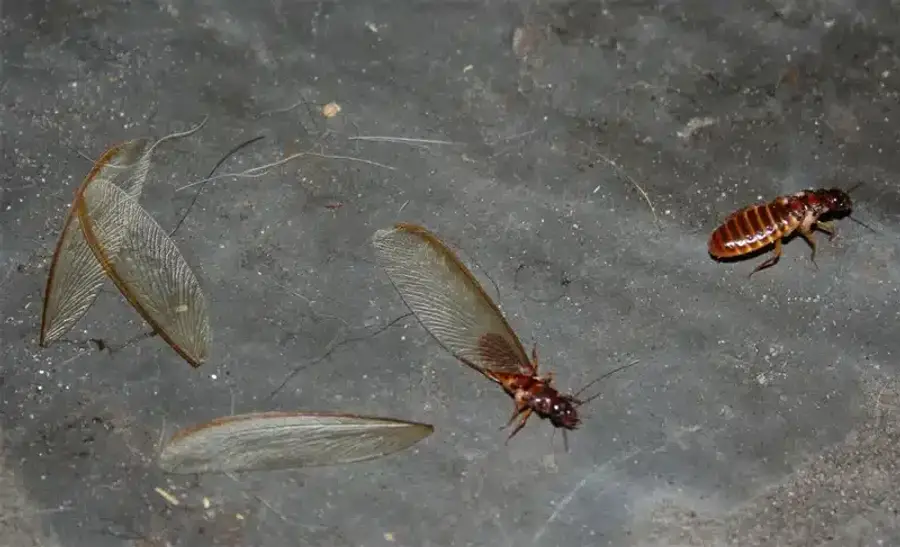
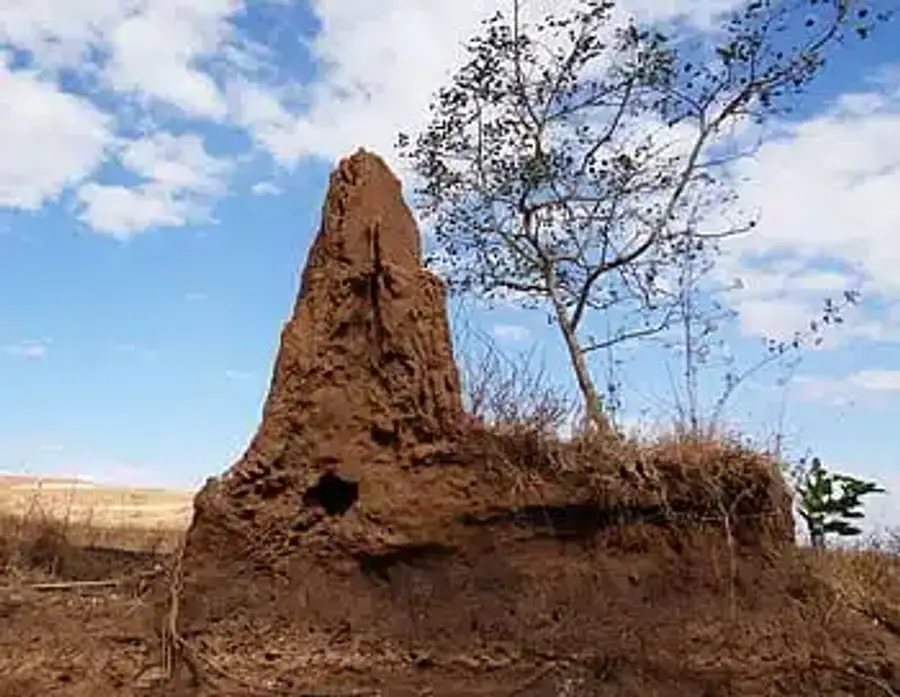
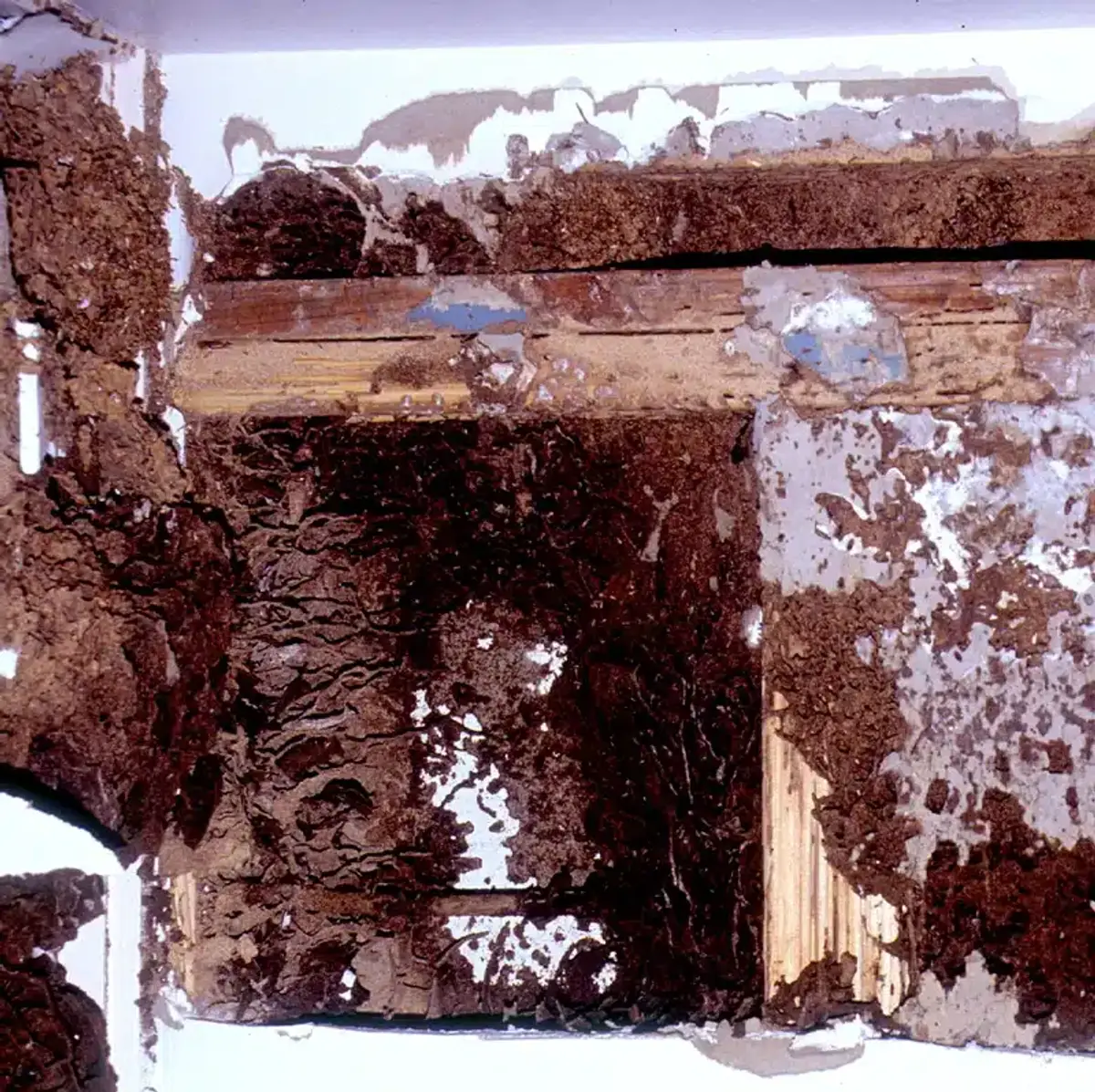
For more details, check Termites vs Flying Ants.
Key Sign of Termites: Visible Evidence of Infestation
Spot these to catch issues early:
- Mud tubes on foundations and interior walls.
- Frass & discarded wings near windowsills.
- Hollow wood that sounds empty when tapped.
- Blistered or bubbling paint on wood surfaces.
Can You See Termites During a Termite Inspection?
During an inspection, you look for live termites (Type A evidence) or old damage (Type B). Live termites in soil or wood are a clear flag.
Professionals use tools like a moisture meter and infrared cameras. These help spot hidden moisture and “cold” lines in wall studs.
Step-by-Step Termite Inspection Protocol
Exterior Inspection Steps
- Walk the perimeter and probe wood-to-ground contacts (decks, AC pads).
- Check foundation for cracks, gaps, and mud tubes; photograph each.
- Note landscape risks: mulch depth over 2 inches, standing water near siding.
Sub-Structure Inspection Steps
- In crawl spaces or basements, inspect sill plates and band joists.
- Use a flathead screwdriver to probe suspect wood with gentle pressure.
- Record areas blocked by insulation or stored items.
Interior Inspection Steps
- Check window/door frames, baseboards, and plumbing gaps.
- In the attic, look for shelter tubes climbing chimney chases.
Performing Your Own Termite Inspection: DIY Tips
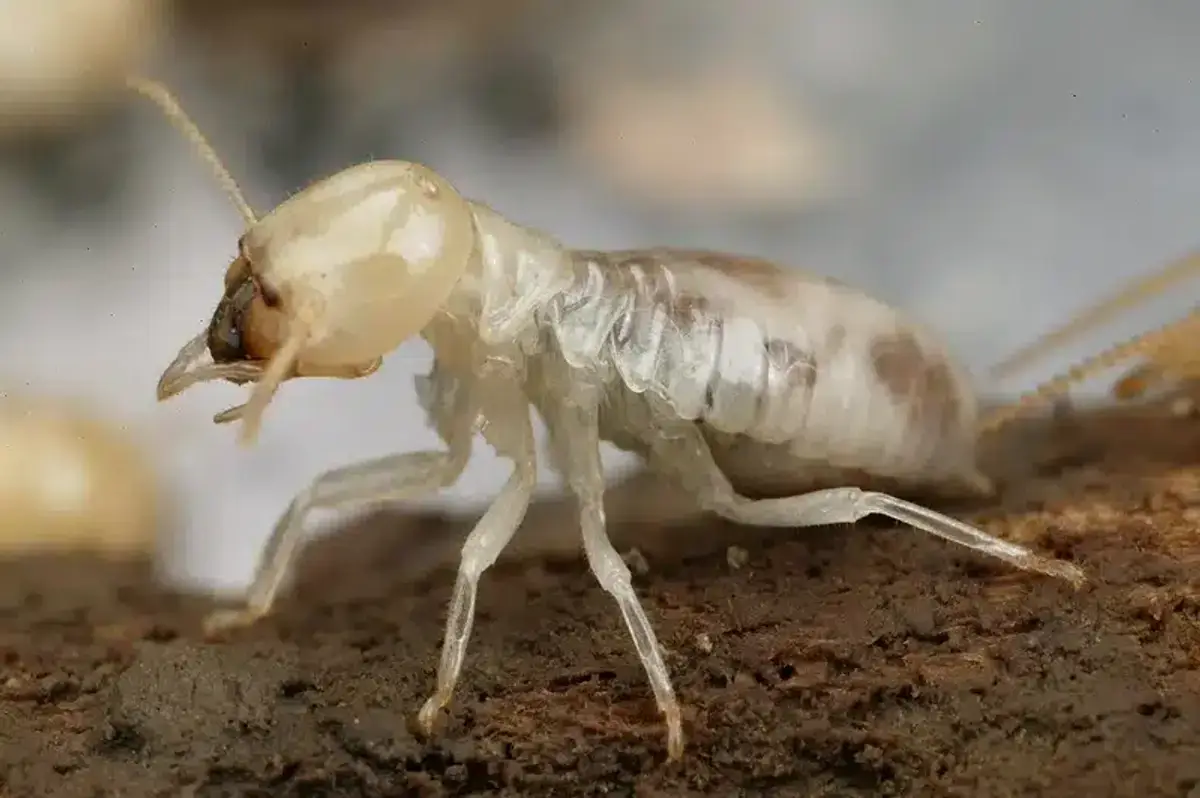
With some basic tools, you can start an inspection:
- Bright LED flashlight
- Flathead screwdriver or awl
- Mirror
- Moisture meter
- Ladder, gloves, knee pads
- NPMA-33 report form (download from HUD.gov)
Inspect annually or every three years if you have bait stations.
Inspection Warning
Watch out for hidden damage in inaccessible crawl spaces—they can hide severe issues for years that may only be discovered during major repairs or renovations.
Why You Should Always Get an Annual Termite Inspection
The USDA ranks our region as moderate-to-heavy termite hazard. Regular inspections catch problems before they cost thousands.
From my experience with 100+ customers, proactive baiting with Sentricon often costs less and reduces stress compared to emergency liquid treatments.
Proactive Solutions: Can You See Termites Before They Invade?
Sentricon® baiting stations offer an early detection system with strong success rates. They use monitored bait to lure and eliminate colonies.

Builders often apply borate-based pre-construction treatments. These wood treatments protect framing and come with renewable warranties for the first year.
Learn more in our Sentricon® FAQ’s.
Curative Treatments: When You Actually See Termites
For severe infestations, we use trenching with products like Premise® or Termidor®. We may drill slabs and infested areas for targeted liquid treatment.
Sometimes we combine methods—baits and liquids—to tackle tough colonies that miss bait stations.
Comparing Termite Inspection and Control Methods
DIY monitoring stakes can alert you to swarms but don’t replace a full inspection. Licensed technicians follow a 78-point checklist to find hidden issues.
Our team uses EPA approved products chosen by our in-house research group. We removed nine high-risk chemicals from our choices.
For more prevention tips, see Termite Prevention & Control or our location page on Northern Virginia Termite Control.

Frequently Asked Questions
What do termites look like?
+
Termites are pale to dark-bodied insects. Workers are soft and white; soldiers have dark heads and mandibles. Alates (swarmers) have two pairs of equal, transparent wings.
How do I know if I have termites in my house?
+
Look for mud tubes, hollow wood, blistered paint, or discarded wings. Probing wood with a screwdriver can reveal live workers below the surface.
Can you see termite damage before it gets serious?
+
Early damage shows small mud tubes and slight wood discoloration. Advanced damage includes large hollow areas and sagging wood beams.
Should I inspect my home for termites myself?
+
DIY inspections help you catch obvious signs, but trained technicians find hidden issues. Inaccessible spaces and subtle damage often need a pro's tools.
How often should I get a termite inspection in Virginia?
+
We recommend annual inspections. If you use bait stations, you can extend to every three years, but survey monthly for any warning signs.
What does a termite mud tube look like?
+
Mud tubes are narrow, soil-packed tunnels on foundations or walls. They're about ⅛ to ¼ inch wide and often follow cracks or seams.
Can swarmers mean I have an active colony?
+
Swarmer sightings indicate a mature colony nearby. Even if you don't see tubes or frass, call for an inspection when you notice winged termites indoors.
With five years of hands-on experience in the pest control industry, George Schulz is a registered technician with the Virginia Pest Management Association and a proud third-generation professional in a family business that's been protecting homes for over 57 years. He manages and trains a team of service pros while also leading internal research efforts—recently spearheading a deep-dive review of thousands of documents on pest control materials to hand-pick the most kid and pet friendly, most effective solutions tailored specifically for homes in the DC metro area.
